The original Overwatch revolutionized how players experienced narrative in hero shooters. Rather than deliver its story through the common techniques of in-game cutscenes and dialogue boxes, most of the lore in Blizzard Entertainment’s landmark FPS could be found in its pre-match voice lines. These voice lines were usually part of short conversations between characters and served to flesh out Overwatch’s world of the future as well as the characters’ relationships.
While it might seem as though limiting most of the game’s lore to two-sentence in-game interactions would cause the Overwatch community to lose interest quickly, what actually happened was quite the opposite. Fans instantly became enamored with the game’s characters and world thanks to well-written, interesting, sometimes mysterious lines that alluded to relationships, connections, and other events in the game’s ongoing story. These lines were one of the main reasons Overwatch’s world felt like a living, breathing, interconnected entity.
In the wake of this success, developer Blizzard took the same approach to lore delivery in Overwatch 2. Voice lines are back and better than ever thanks to a massive amount of new content and new reactive and contextual lines that serve to celebrate the player in everything they do in the game. Of course, creating thousands of new lines was no mean feat. The dedicated writing and narrative design team on Overwatch 2 spent years writing and scripting all of these interactions just to ensure the franchise’s world continues to feel authentic.
It’s not all about putting words on the screen, though. According to Justin Groot, senior writer and narrative designer on Overwatch 2, the narrative design team at Blizzard has taken on a variety of tasks to ensure this new game is something truly special for players. Groot’s infectious enthusiasm for the new game and its voice lines in particular made us believe there just might be a bright future out there for Overwatch.
The power of reactivity
The big star of Overwatch 2’s lore delivery is its dramatically expanded voice line library. While there are a handful of voice lines in the new game you’ll probably recognize from its predecessor, the vast majority are new. They range from silly—one laugh-inducing conversation sees Orisa asking Hanzo if he wants to ride her into battle—to serious and everything in between.
While some voice lines are designed to play in the short period before a match begins to help pass the time, many others can only be heard when completing certain actions. Groot gave the example of a voice line that only plays when you defeat an invisible Sombra, a rare occurrence that will happen once in a blue moon for most players. The original Overwatch would not have called attention to such a play on its own, but its sequel is taking the time to reward players for achieving these unusual feats.
“We really want to celebrate players’ accomplishments,” Groot told Dot Esports. “When you do something awesome in the game, we want the game to notice.”
Other examples of reactive lines include those that play when you interrupt an enemy ultimate, like consuming a Zarya Graviton Surge or Hanzo Dragonstrike with D.Va’s Defense Matrix. Some are rarer than others, as many players have found during the first few weeks of Overwatch 2’s life.
These new voice lines are so important to the game that Groot says writing and implementing them is one of the biggest parts of the narrative design team’s day-to-day work. Creating, implementing, and recording each of these lines is an enormous task, one that could only be completed with a team. No one person is responsible for each line: “We have the most collaborative writing process I’ve ever seen,” Groot said. “All the other narrative designers pile into [one document] and … throw out new ideas. … It’s an additive process.” While this makes it difficult to attribute any one line or conversation to a specific writer, it also means all of the game’s voice lines were truly a labor of love.
Engineering success
Of course, writing these lines—and the other lore text that can be found throughout the game—isn’t as simple as opening a Word document and asking yourself what Mei would say to Ashe. In a game as complex as Overwatch 2, there is a high volume of technical limitations that must be taken into consideration when writing. “I believe it is likely that Overwatch 2 has more voice lines contextual to more situations than any multiplayer shooter in history,” Groot says.
So, just what does it take to organize and implement all those lines?
Groot told a story about a Junkrat voice line that played when the fiery fiend launched himself into the air with two Concussion Mines in a row. Oftentimes, the line would be smothered by one that plays when Junkrat throws out the first mine, meaning players would never hear the special line. The team solved the problem by adding detection logic that discerns whether players have already heard the initial line. If so, the game won’t play the second line. The goal was to have the game “deploy the most interesting line for every situation at any given moment”—a lofty goal indeed.
The game’s genre and fully voice-acted nature also play into the lines that can be included. It’s important the team keeps their lines short since Overwatch 2 is such a fast-paced game. That doesn’t mean the team isn’t able to push boundaries, though. Many of the game’s pre-match conversations are longer than one or two lines, which was the standard for the first Overwatch. The goal of these lines was to build character and make the game’s heroes feel more like real people. While they required additional scripting—which prevents lines from getting “jammed up,” Groot said—the work was worth it to build a world that feels much more legitimate.
With so many new voice lines added, especially the reactive lines, the team had to come up with a way to organize them. The first Overwatch’s few reactive voice lines were triggering separately from each other based on gameplay actions, which resulted in a lack of backend organization and an inability to pick the “optimal” voice line for a given action. Groot solved that problem by building “an enormous monstrosity of a script” that prioritizes different lines for different situations, which centralized the problem and ensured players receive plenty of fun contextual lines. Narrative design is a technical endeavor as much as it is a creative one.
A world worth fighting for
Groot smiled and laughed throughout our interview; his passion for the game was palpable. The first Overwatch captured the hearts of gamers around the world with its fun characters and engaging lore, and Groot intends to build on this with everything the team has written so far and everything that has yet to be revealed. “We really want you to keep hearing new lines as long as you’re playing the game. We want you to continue having these moments of delight,” Groot said.
Despite his enthusiasm, there are roadblocks to this success. Overwatch 2 had an extremely rocky launch thanks to server overload, two back-to-back DDoS attacks, and bugs that hampered players’ first impressions of the full game. Players have also had much to say about the new game’s hero unlock system and its battle pass, not all of which is positive. Overwatch 2 has an uphill battle ahead, and it’s not clear whether it will reach the same pinnacle of success as its predecessor.
Despite this, Groot believes players will love the plans the narrative design team has for the future.
“We’ve been blown away by how much people have responded to the voice lines that we’ve added, and we’re so incredibly grateful to have the community that we have,” he said. “This is just the beginning [of] Overwatch 2, and we have so much stuff we’re excited to show off. We have so many more places and people and gameplay moments that we want to explore.”
I, like many, was hesitant to embrace Overwatch 2 thanks to its launch problems and the incredibly tumultuous recent history of Activision Blizzard. After speaking with Groot and hearing how much love and care the narrative design team put into sculpting its lines and its world, though, I’m ready to give it a second chance.
To be a writer is to create, and it is obvious just how proud Groot is of what the team has created. Developer passion is something that is frequently lost in the day-to-day churn of updates, monetization, events, and commentary. Seeing it on display is a breath of fresh air, not to mention one of the highest endorsements a game can receive. While we can’t say for certain what the future of Overwatch 2 will bring, with Groot’s words in my head and on my screen, I’m willing to bet that the future will be bright.


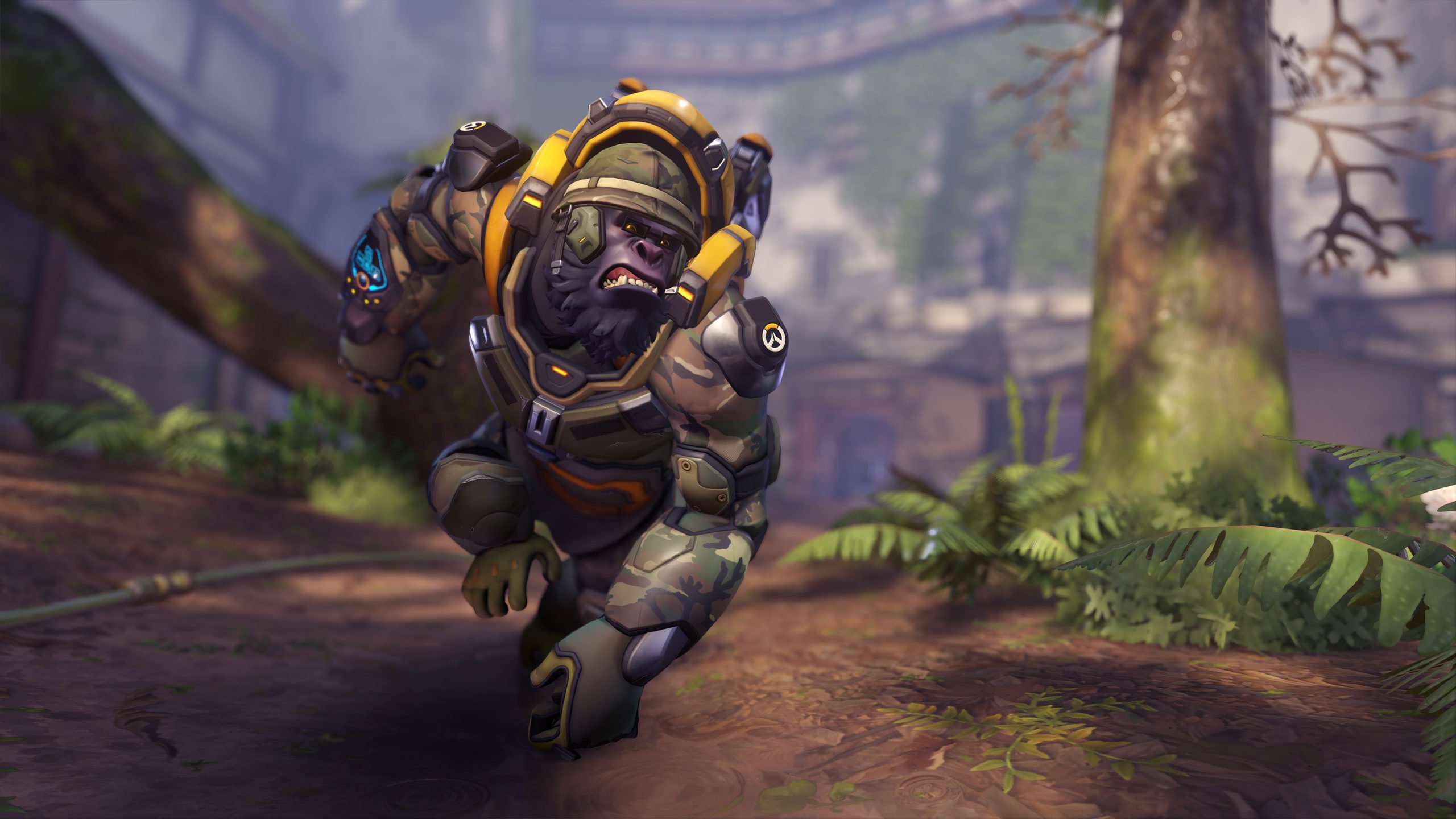
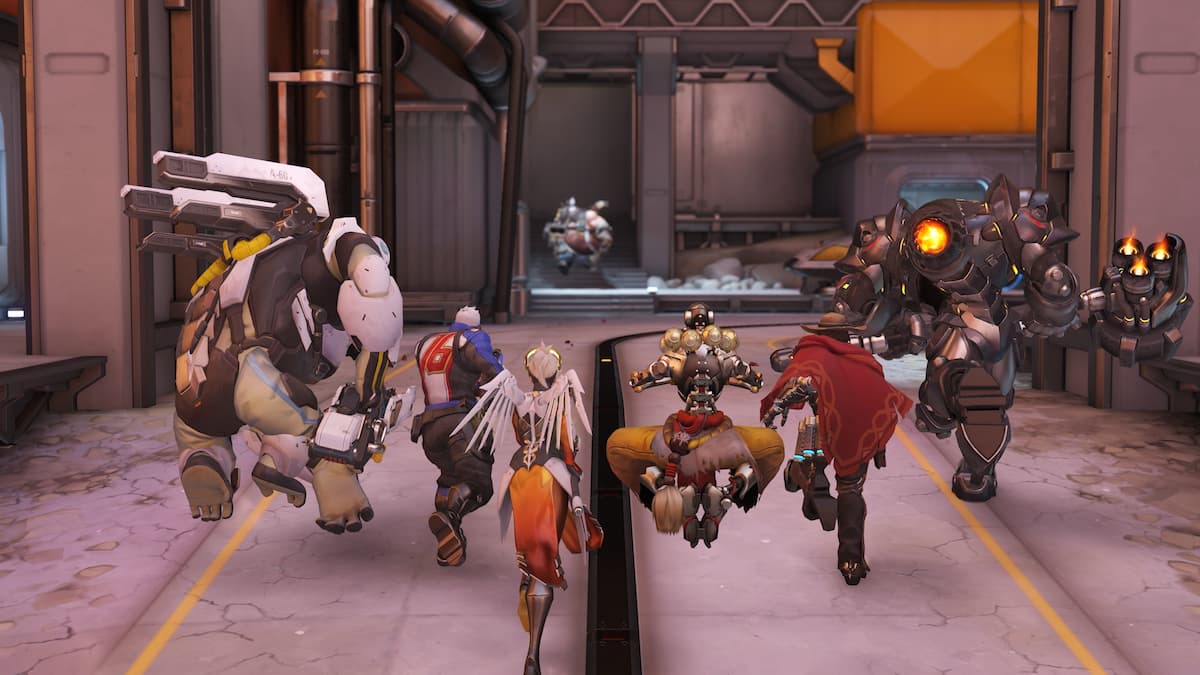

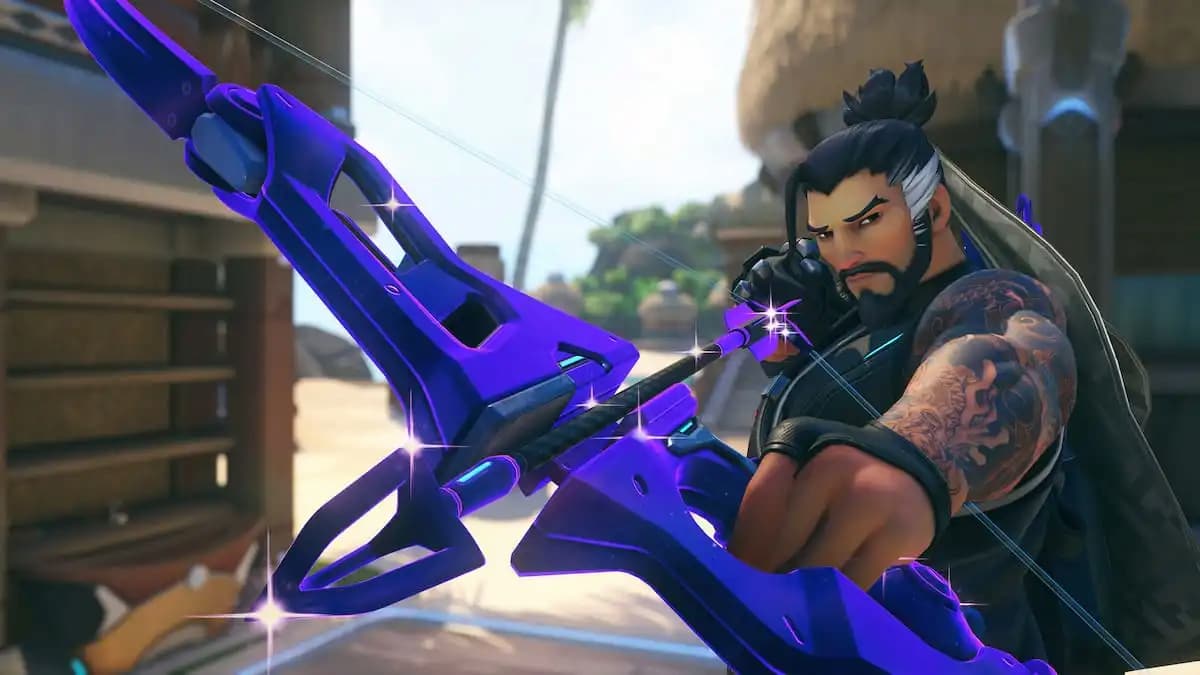

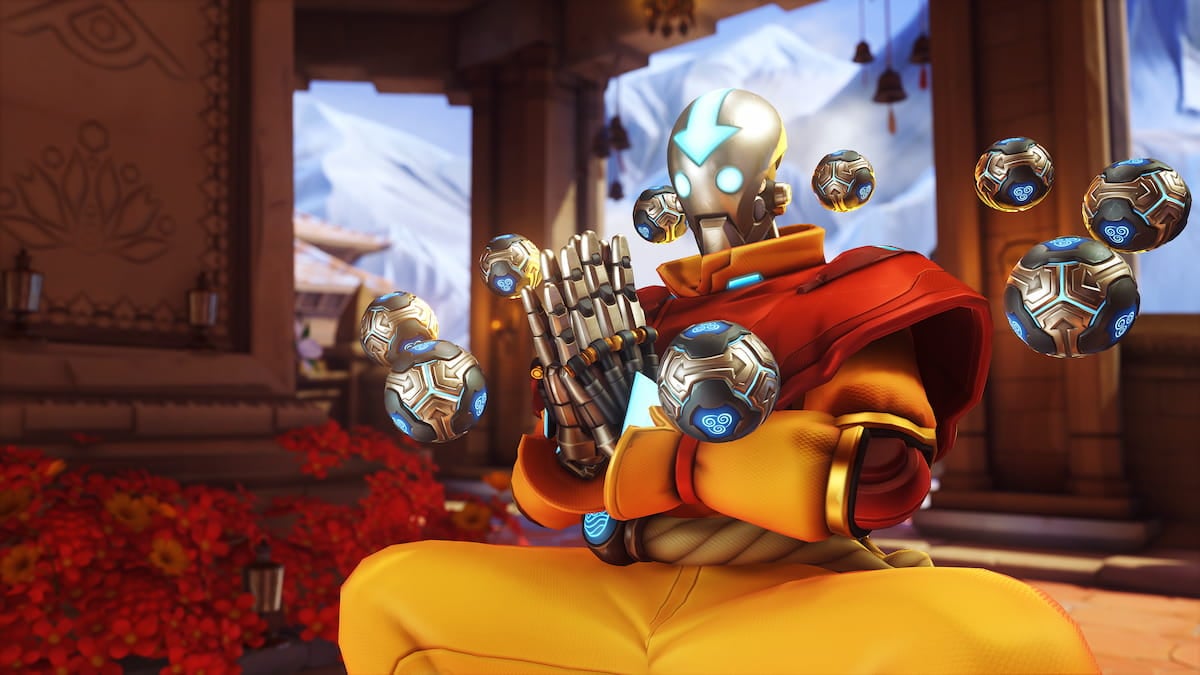

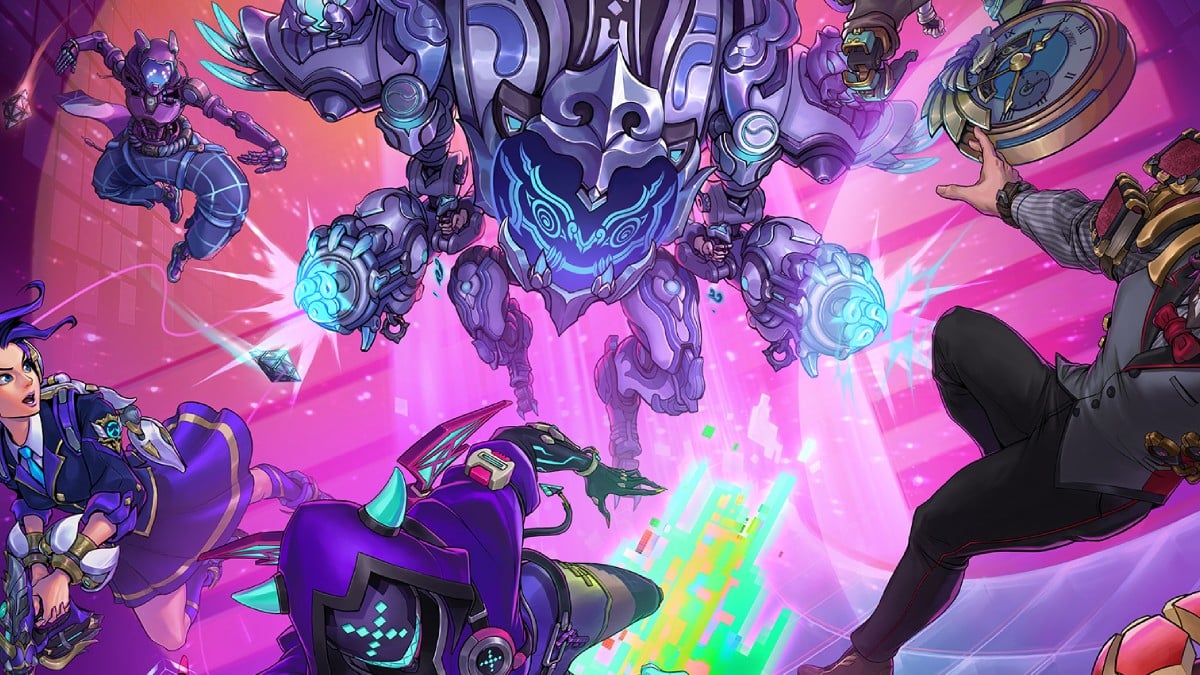
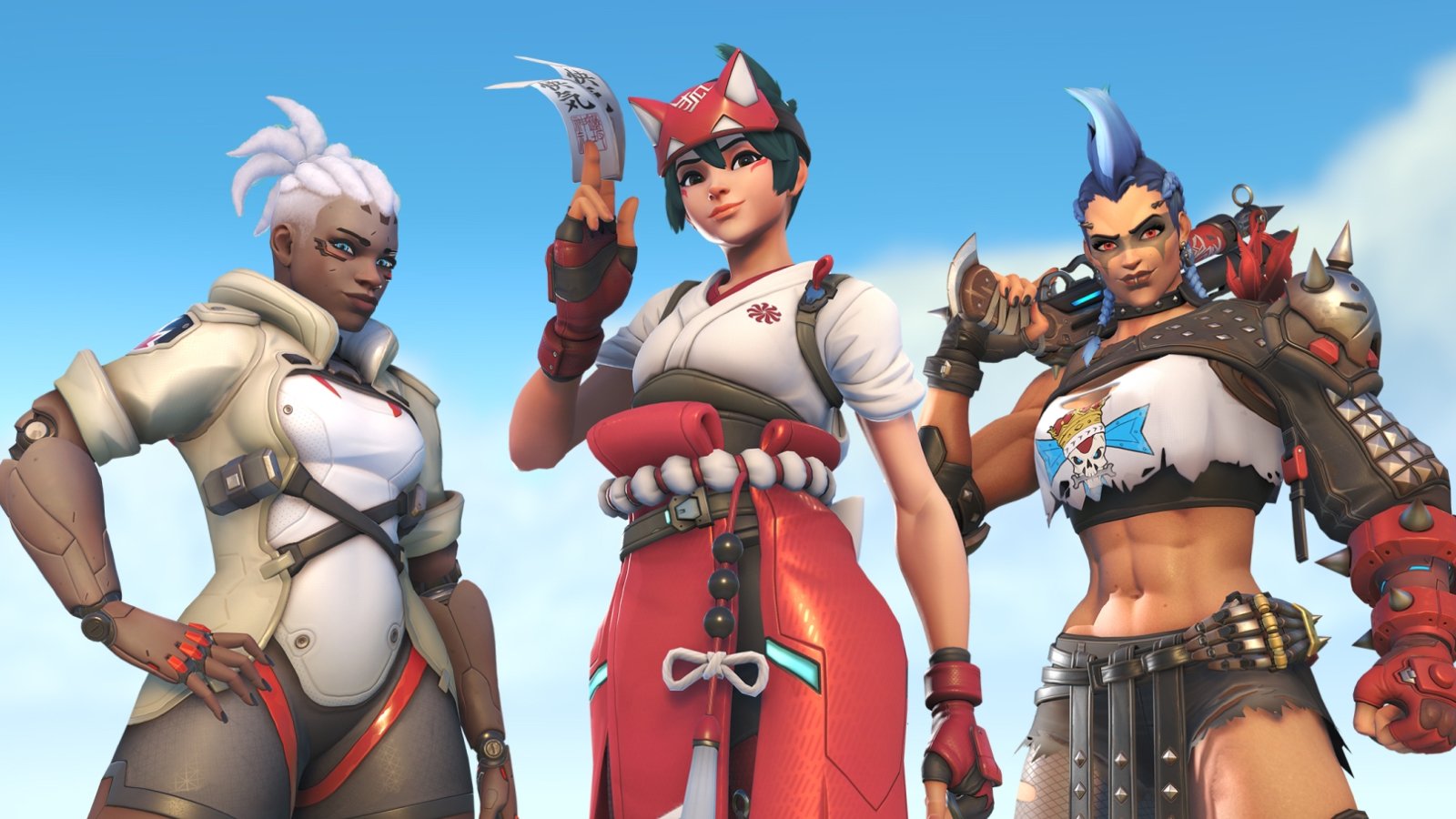
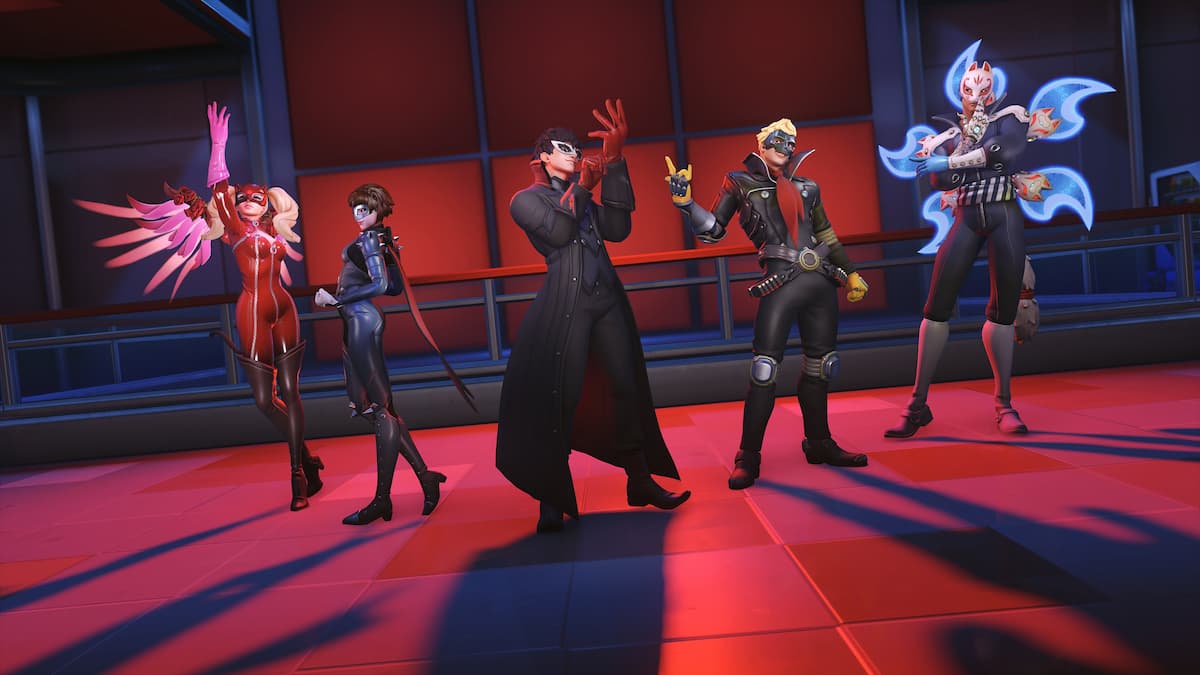
Published: Nov 7, 2022 02:22 pm